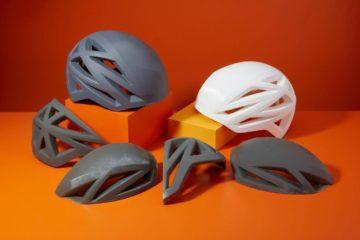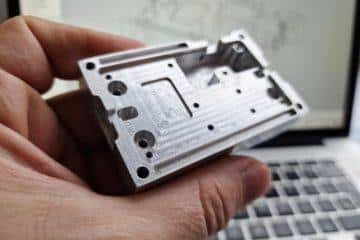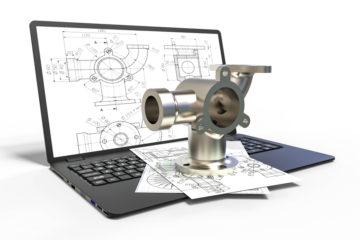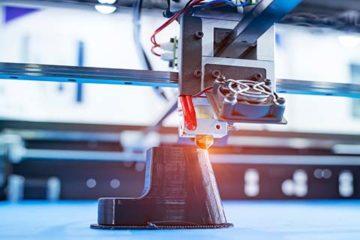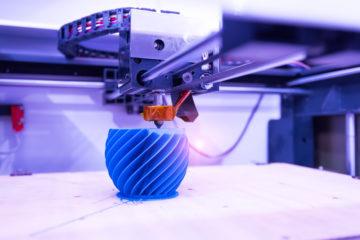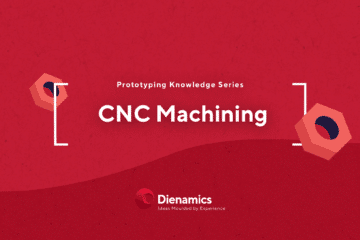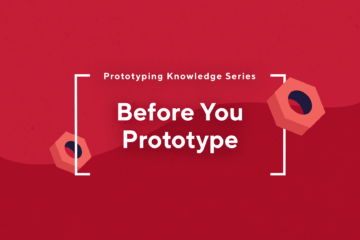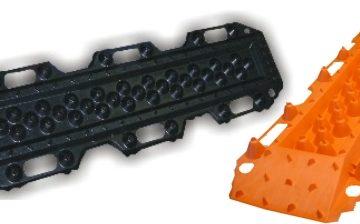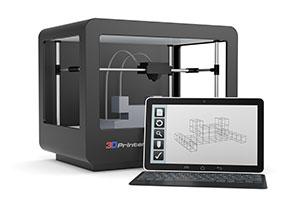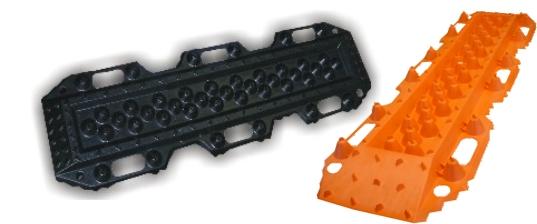
Bringing a new product to market can be a tough sell. Unknown costs lurk at every corner, and the reaction from potential investors can be disheartening. Fortunately, there is one process that is always a good investment. Prototyping early and regularly will not only ensure your product performs as intended, but also help sell your business to investors and consumers alike.
So what exactly is a prototype? A prototype is a model of your idea or product. It’s a physical starting point that will demonstrate the basic idea of your product – what it can do, how it can do it, its features, size, colour, materials, and more. Prototypes are all about communication and feedback, things that every collaborative endeavor requires.
You may hear prototypes called many things. Mock ups, test articles, models and proofs of concept are all styles of prototype, and you can benefit from making them all.
Here is how.
It makes it feel real
This is the simplest, but perhaps the most powerful reason to prototype. You can carry a concept in you head for years, talk about it it meetings for months and spend weeks on the drawing board, but it only becomes real when you can hold it. The simple act of roughing out the shape and handing it to someone else can make a believer out of a septic. The best part is, it doesn’t even have to be functional.
The human mind is fertile ground for ideas, and a prototype is like a seed. Plant your prototype in an investors hand and watch the concept take root.
People expect it
If you want to be taken seriously, it’s often expected that you will provide a prototype for your idea, sometimes even in the first pitch meeting. Internet driven changes such as easy access to rapid prototyping tools like 3D printing, on demand laser cutting and milling have combined with blooming “Maker” cultures to increase expectations for entrepreneurs and inventors.
Investors and clients will most likely expect you to take advantage of the available tools and provide a good quality, basic model that will get their attention. Failure to provide the physical item is often taken as a lack of commitment on the part of the product creator.
You may spend years working on making a concept reality, but outsiders need prototypes to really believe you are committed.
It creates a good opportunity for feedback
Some people make the mistake of spending millions of dollars on startups and technology, before they actually ask whether it will work in the market or not. That’s a lot of money to spend on something that people may not even want. This is why the feedback process is so important. Raising awareness about the product, and starting an open discussion about your idea will result in a less expensive developmental process.
With a physical prototype it is much easier to see what is working and what’s not. This helps you to get a more realistic response from investors, and gives you a better platform from which to build your concept. These initial responses will be key for the next chapter of your creation process.
Creating a chain of multiple, iterative prototypes ensures you have captured feedback from a wide range of potential users, manufacturers, sellers and investor. The “history” these prototypes embody is also a powerful communicator in its own right. Others can now see the direction you are heading, and can provide effective feedback on the next design before you put time into it.
It gives you a better idea of what stage you’re in
While some investors will expect a display level, fully functional prototype on the first meeting, that’s sometimes not a realistic option. One of the most effective ways to prototype is to create units which just address the problem you are faced with right now. Limiting the scope of prototypes in this way means that outsiders don’t get the idea that some part of the concept is ready when its still being worked on.
You may first prototype basic shapes just to get an idea of how it fits into the world. The next stage may be to create prototypes to help understand how users will hold it. After that, a quick model of how you envisage the whole product looking is excellent for getting accurate quotes from manufactures and packaging providers.
Moreover, no matter how sure you are about your prototype and the amount of work you’ve put in, it’ll never be 100% right. Not in the first go, and especially not in this ever changing market. So be prepared for a lot of work!
It lays bare possible weaknesses
Something that is going to live in the real world needs to be tested in the real world. CAD tools can provide a lot of information, but there is no substitute for actual testing. In this sense, its best to look at prototypes as an investment. The model is an up front cost, but it will definitely be cheaper than setting up for mass production, only to take the first item of the production line and find its not up to the job.
Subscribe to Our Newsletter
Get the latest news from Dienamics into your inbox





